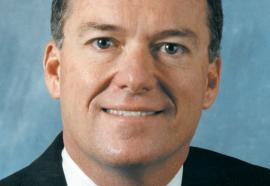Energizing the Big Apple
Uncertain market design affects generation investment planning.
Faced with state-wide electric utility restructuring and power-market deregulation, the state of New York constantly has been adjusting the state’s power markets to meet the potentially contradictory goals of low cost, yet reliable power. In New York this has taken many forms, including monitoring of energy prices, caps on capacity prices and forced divestment of assets to reduce potential market abuses.










